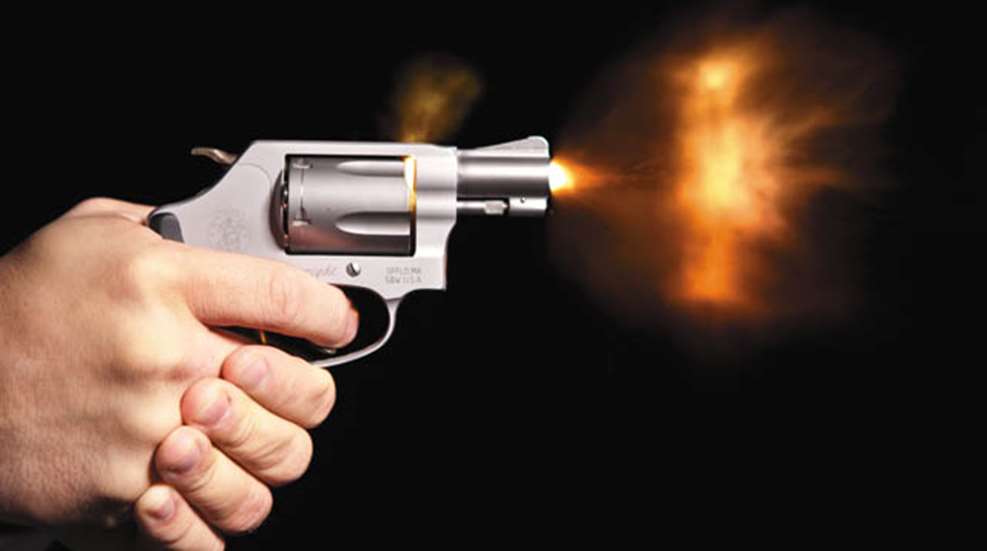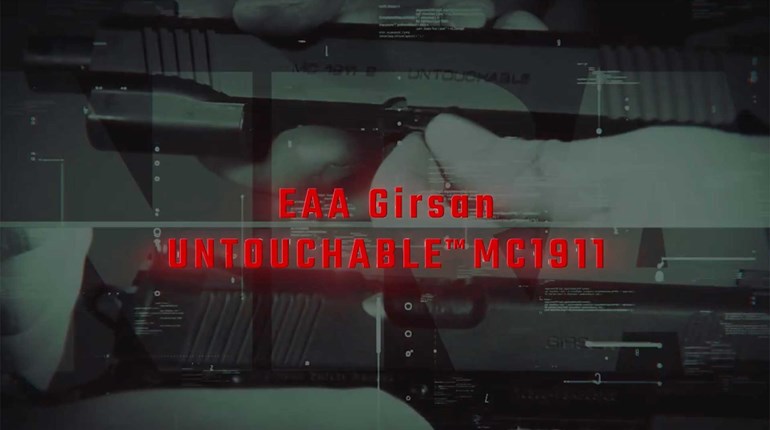
The Sporting Arms and Ammunition Manufacturers' Institute (SAAMI) was founded in 1926 at the request of the federal government. It is primarily tasked with creating and publishing industry standards with regard to firearms and ammunition. This includes setting the working pressures of cartridges.
Ammunition labeled as +P generates chamber pressures above the maximum limits established for standard-pressure ammunition by SAAMI. But, SAAMI also established +P pressure limits for some cartridges. Why? Because modern firearms are made better and stronger than many of those available when cartridges like the 9 mm and .45 ACP were first introduced.
Many believe +P ammunition is more deadly than standard-pressure ammunition. All things being equal, higher pressure translates to more velocity and more velocity, depending on the bullet, means more bullet upset, expansion or fragmentation—but it can also result in less penetration.
For example, my tests have shown Speer's 9 mm 124-grain GoldDot load will penetrate to around 16 inches in 10-percent ordnance gelatin. Out of my CZ 75, the +P version penetrated almost 20 percent less because it expanded 26 percent more. The wound cavity created by the +P load was bigger because the bullet's expanded diameter was larger—not because of the increase in velocity. Granted, the bullet expanded more because it impacted at a faster speed, but it slowed down quicker, too.
One thing +P ammo almost always causes is more recoil. More recoil can make small and lightweight handguns uncomfortable to shoot and increase the time it takes to get back on target.
Faster slide velocities generated by +P ammo can also cause a semi-auto to malfunction. Run enough through the gun to make sure it works before relying on +P for your carry ammunition.
This brings us to the point of whether a handgun is designed for use with, or rated for, +P ammunition. Most modern handguns are safe with +P ammunition. However, some owner's manuals state the use of +P ammunition will void the warranty. Some are more vague. If you have questions or concerns, contact the firearm manufacturer.
Safety is always the primary concern, but reliability is important, too. A handgun that is not reliable can put you in an unsafe situation. Most people consider revolvers more reliable than semi-automatics, but the intense recoil of +P ammunition can cause a bullet to set out from the case far enough to protrude past the front of the cylinder—resulting in a jam no immediate-action drill will clear.
There is also +P+ ammunition. Contrary to what the "Law Enforcement Only" designation implies, it is perfectly legal for civilians to possess +P+ ammo. This ammunition is loaded beyond +P pressure levels and should only be used in well-made, modern firearms.
With ammunition, everything is a trade-off. If you believe you can get more power out of your handgun without making it more difficult to shoot, keep sending those cards and letters to Miss September. She might accept your proposal one day.





































